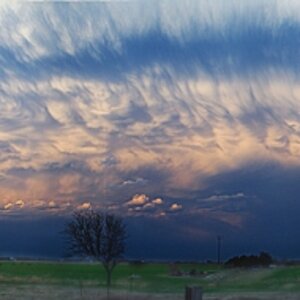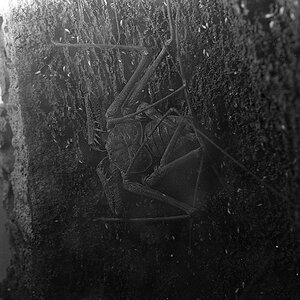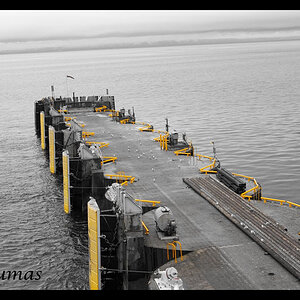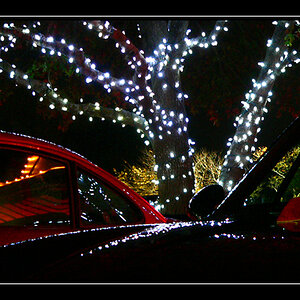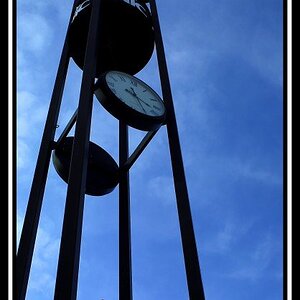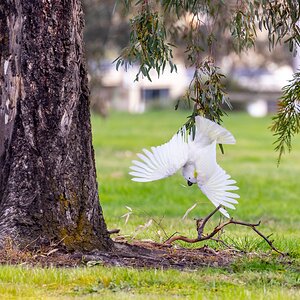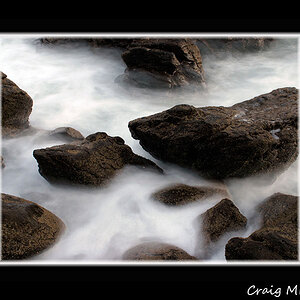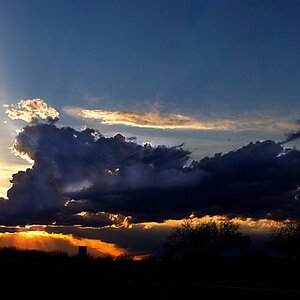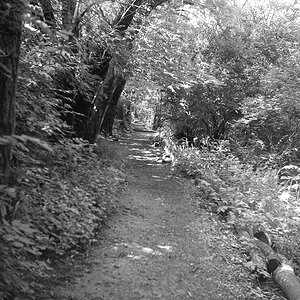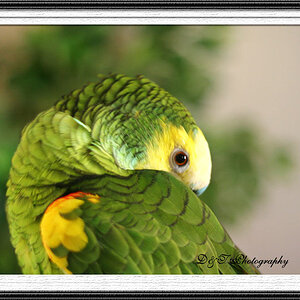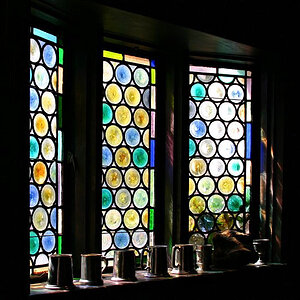willow529
TPF Noob!
- Joined
- Nov 27, 2011
- Messages
- 5
- Reaction score
- 0
- Location
- Grand Prairie Texas
- Can others edit my Photos
- Photos NOT OK to edit
Need a way to photograph the fire fighters in low light or at night with out getting just the reflective strips on the bunker gear...




